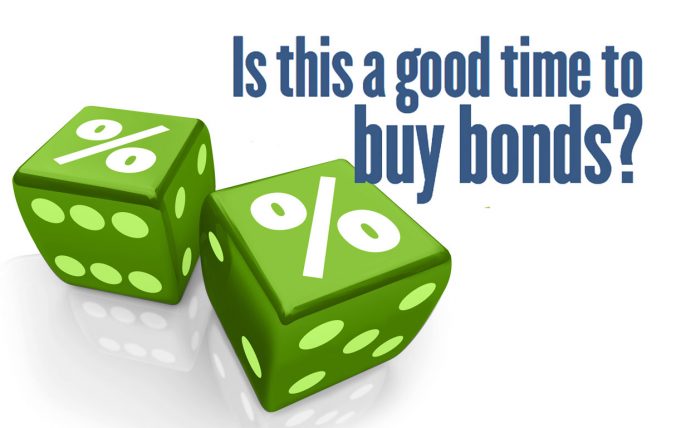[dropcap]A[/dropcap]: If you think interest rates will be higher in the future, you would not want to lock yourself into a long-term bond at today’s current low rates. It is the same concept with CDs at a bank. If you purchased a 5-year certificate of deposit at 1 percent today, you may not be happy with that rate three years from now.
Another potential problem is whether or not you will receive your money at maturity. While most bonds do pay all that is promised, not all bonds offer equal protection. For example, if you purchased a municipal tax-free bond for a new toll road, the issuing agency may offer to guarantee your money with all of the revenue from the tolls, or better, all of the taxing authority of the agency (not just the toll revenue), or perhaps only with a promise that is not backed by any revenue source at all. Each of those possibilities offers you a varying amount of risk, and as a result, varying amounts of interest. The higher the risk, the higher the rate of interest they will have to pay.
The biggest risk for bonds now is an increase in interest rates. The resale value of a bond moves in the opposite direction of interest rates. When (not if) rates rise, the value of existing bonds will decrease. If a bond is held to maturity, that is not a problem. However, if you need to sell your bond prior to maturity you could sustain a loss. On the other hand, investors who currently own “callable” bonds risk being cashed out prior to maturity.
Bonds typically offer less risk than stocks, may provide steady income, and add diversity to a portfolio. However, they are not without risk. Your financial advisor can provide additional information.
BY: Bill and Cindi Porter
Aileron Investment Advisors
Send us your investment questions to answer: [email protected]
The views expressed in this article are not necessarily that of Suwanee Magazine.

















